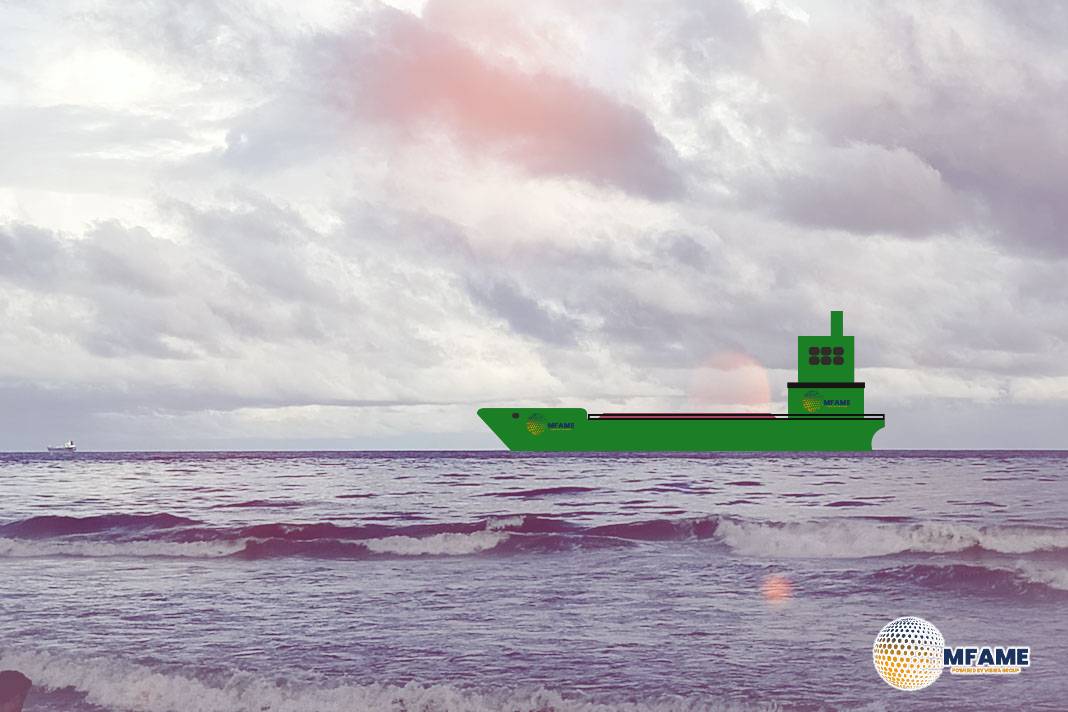U.S. container imports from Japan fell sharply in September, dropping 8.3% year-on-year to 42,111 TEUs, reports Container News citing data from Descartes Datamyne and the Japan International Freight Forwarders Association.
Tariffs hit Japan–U.S. container trade
Compared with August, volumes declined by 22.6%, highlighting the continued effects of U.S. tariffs on Japanese exports. Despite the downturn, this was the first month since December 2021 that imports exceeded 42,000 TEUs, showing some signs of resilience amid fluctuating trade conditions.
For the first nine months of 2025, total U.S. container imports from Japan reached 475,229 TEUs, marking a 1.7% decrease from the same period last year. Direct shipments accounted for 25,933 TEUs, down 11.5%, while 16,178 TEUs were transshipped, a smaller decline of 2.6%. Transshipped cargo represented 38.4% of total volumes, reflecting Japan’s ongoing reliance on regional hub ports for U.S.-bound exports.
By port of origin, Tokyo handled the largest share at 9,967 TEUs, a 12.9% decline from a year earlier. Nagoya followed with 7,890 TEUs, down 9.0%, while Kobe saw a steeper drop of 20.3% to 4,719 TEUs. Yokohama handled 2,452 TEUs, a 6.9% decrease, whereas Osaka stood out as the only major port to record growth, rising 19.0% to 351 TEUs. Throughput at Yokohama improved slightly due to the resumption of U.S. East Coast services that had previously been suspended amid tariff uncertainty.
In terms of commodities, machinery and mechanical appliances (HS Code 84) remained the largest category at 9,774 TEUs, although volumes fell 24.5% compared to last year. Vehicles and auto parts (HS Code 87) totaled 8,986 TEUs, down 7.4%. Rubber products (HS Code 40) declined 4.4% to 4,456 TEUs, while plastics (HS Code 39) slipped 8.6% to 4,237 TEUs.
From January through September, auto-related shipments declined 8.6% under the pressure of tariffs, while electric goods increased by 5.1% and rubber products rose by 2.8%. The data suggest that while Japan’s auto exports remain constrained by trade measures, segments linked to electronics and industrial materials are showing modest growth. Overall, the figures underline the shifting structure of Japan–U.S. trade, with tariffs reshaping cargo flows and commodity composition in one of Asia’s key export corridors.
Did you subscribe to our daily Newsletter?
It’s Free — Click here to Subscribe!
Source: Container News

















